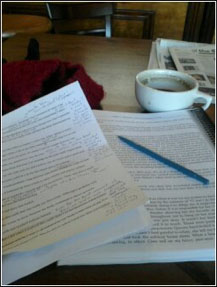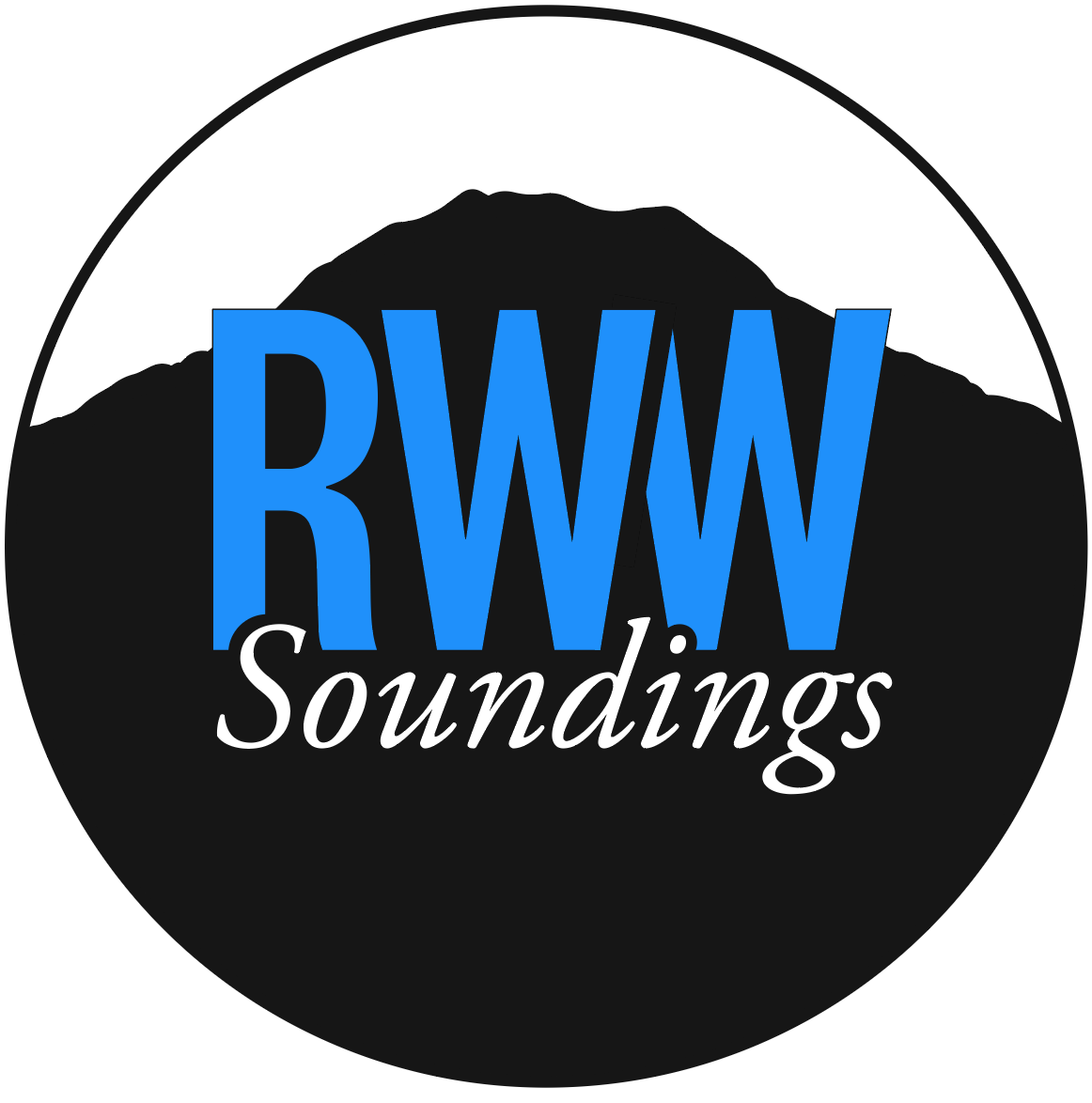_
 I had a topic: writing time. I had a deadline: June 24. I started researching how other authors find time to write by talking with friends, looking through books, and reviewing my notes from residency classes and author interviews. I brainstormed and outlined. Yet, with three weeks left before the due date, I had not written one word of this article, and my upcoming schedule included grading copious amounts of student papers, interviewing for a new job, a trip to Hawaii, creating a class for summer quarter, participating in a twenty-hour professional development class, and training for a 206-mile Seattle to Portland bike ride happening at the beginning of July. I knew about this article back in January, and I had thought of the idea a year earlier, but still the writing had yet to commence.
I had a topic: writing time. I had a deadline: June 24. I started researching how other authors find time to write by talking with friends, looking through books, and reviewing my notes from residency classes and author interviews. I brainstormed and outlined. Yet, with three weeks left before the due date, I had not written one word of this article, and my upcoming schedule included grading copious amounts of student papers, interviewing for a new job, a trip to Hawaii, creating a class for summer quarter, participating in a twenty-hour professional development class, and training for a 206-mile Seattle to Portland bike ride happening at the beginning of July. I knew about this article back in January, and I had thought of the idea a year earlier, but still the writing had yet to commence.
I would like to think we have all been in this situation, whether we are crafting an article, trying to finish a critical paper, or working on a new poem, essay, or story. We have good intentions, but personal and professional commitments—Life—invade our writing space. So, as my title suggests, I would like to use this article as an opportunity to start a conversation, one I hope will grow during our upcoming August residency. We aren’t solely writers, as we all have commitments outside of our passion. But all of us will always be writers. So how can we make time for our craft?
When I started thinking about my cantankerous relationship with time and writing, three areas came to mind: the writing space, the time itself, and dealing with distractions. Below I offer some questions we might consider within these three areas, as well as strategies I have tried (or would like to try as soon as I find the time!), that might give us ways to start thinking and talking about creating more time in our lives for writing.
The writing space is our “where,” our surroundings, the place(s) that allows us to generate ideas, get our words on the page, and develop, modify, erase, and create our stories. In considering location, we might start noticing what we need around us to focus on writing. Do you thrive in places with noise and people or do you need a quiet atmosphere? Should your writing area be dedicated only to writing or will a shared space work? What resources do you have at hand to create the space you need? In my perfect world, I would have a professional or a home office with a view of nature and a door that closed. Unfortunately, I live in a one-bedroom apartment without a desk and my professional environment is a shared cubicle in a noisy office space. To convert my living room into my writing area, I use the same table, chair, and computer or notebook to create consistency and I put all other work physically out of sight. A dedicated residency or writing retreat, whether sponsored by an organization or one that you create for yourself, might be another way to create the space you need to write.
When I think of “the time itself,” these questions come to mind: How can I fit writing into my schedule? Should I write every day, every other day, just on weekends? On my writing days, how much time should I block off? This past year I tried clocking in and clocking out to keep track of my writing time and I found it made me more accountable. Even if I only had fifteen minutes during the day to write, I logged the time. At the end of the week when I tallied my hours, I could see what days and what times during the day worked better for writing. I tried to set a goal of at least ten hours per week and each week I tried to take one day completely off from writing. I found that completing my writing time when I still had ideas to flesh out made me more excited to come back to writing the next day. Finally, I found that deadlines, even if they were flexible, gave me short-term goals to work toward. Other ideas to try might be finding a writing group or a writing community where you have dedicated shared writing time. You also might set up a contract with yourself or with another writer where you agree to certain deadlines, goals, or amount of writing time per week and hold yourself accountable to the agreement with self-made consequences.
 Finally, we arrive at those pesky distractions that come in many forms. Some of my main categories of distraction: work, friends, loved ones, and myself. To identify some of your main distractions you might try free-writing for ten minutes by finishing this prompt: “I was supposed to be writing, but…” Recently, to combat distraction, I took Ann Patchett’s advice from her essay “The Getaway Car:”
Finally, we arrive at those pesky distractions that come in many forms. Some of my main categories of distraction: work, friends, loved ones, and myself. To identify some of your main distractions you might try free-writing for ten minutes by finishing this prompt: “I was supposed to be writing, but…” Recently, to combat distraction, I took Ann Patchett’s advice from her essay “The Getaway Car:”
“The more we are willing to separate from distraction and step into the open arms of boredom, the more writing will get on the page.”
Simply put, I forced myself to follow Patchett’s advice and sat in front of my computer for a set amount of time without getting up, reading a book, using the Internet, or picking up my phone. Was my writing always great during this imposed distraction-free time? No. Did I eventually start typing something? Yes, and once the typing started the distractions faded.
Lack of a productive writing space, a shortage of time, and an increasing to-do list of distractions can conspire to make our writing lives seem, at the very least, difficult and at times impossible. When we can’t find the time to write we may even begin to question whether we can label ourselves as writers. However, by listening to each other, experimenting with different approaches, and evaluating what works and what we could change to make more time for our craft, we reaffirm our commitment to the writing life. I look forward to seeing you in August and hearing your ideas on how we can create more space in our lives for writing.
_
Andrea Clausen is an essayist, teacher, and lawyer who has lived in Washington State for the last twelve years and currently enjoys her adopted hometown of Tacoma. When she is not writing, training for a bicycle tour, or grading student papers, you can find her exploring Hawaii’s trails, beaches, and vegetarian restaurants with her partner Nate or back in Iowa hugging family and feeding table scraps to her mom’s dog, Maggie.
_
_

